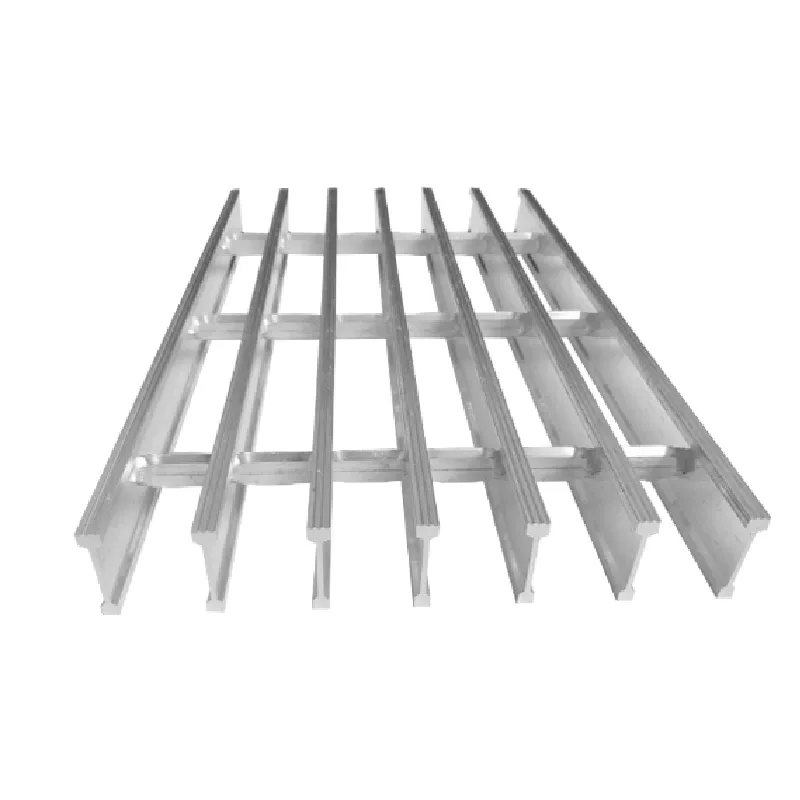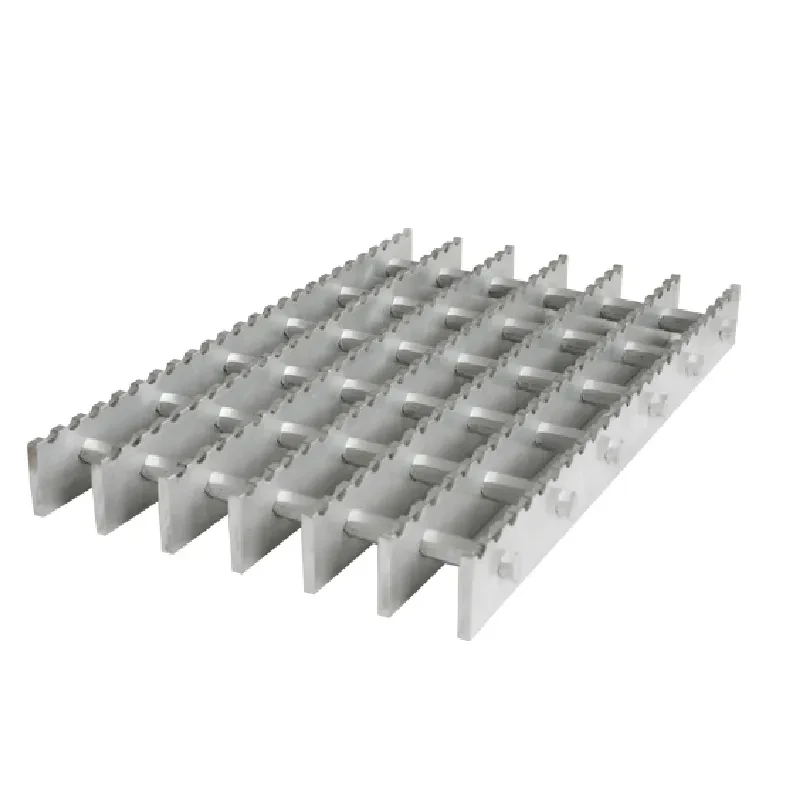- Industrial zone, South of Anping Town, Hengshui, Hebei, China.
- sales@hfpetromesh.com
- +86-18931809706
 Afrikaans
Afrikaans  Albanian
Albanian  Amharic
Amharic  Arabic
Arabic  Armenian
Armenian  Azerbaijani
Azerbaijani  Basque
Basque  Belarusian
Belarusian  Bengali
Bengali  Bosnian
Bosnian  Bulgarian
Bulgarian  Catalan
Catalan  Cebuano
Cebuano  Corsican
Corsican  Croatian
Croatian  Czech
Czech  Danish
Danish  Dutch
Dutch  English
English  Esperanto
Esperanto  Estonian
Estonian  Finnish
Finnish  French
French  Frisian
Frisian  Galician
Galician  Georgian
Georgian  German
German  Greek
Greek  Gujarati
Gujarati  Haitian Creole
Haitian Creole  hausa
hausa  hawaiian
hawaiian  Hebrew
Hebrew  Hindi
Hindi  Miao
Miao  Hungarian
Hungarian  Icelandic
Icelandic  igbo
igbo  Indonesian
Indonesian  irish
irish  Italian
Italian  Japanese
Japanese  Javanese
Javanese  Kannada
Kannada  kazakh
kazakh  Khmer
Khmer  Rwandese
Rwandese  Korean
Korean  Kurdish
Kurdish  Kyrgyz
Kyrgyz  Lao
Lao  Latin
Latin  Latvian
Latvian  Lithuanian
Lithuanian  Luxembourgish
Luxembourgish  Macedonian
Macedonian  Malgashi
Malgashi  Malay
Malay  Malayalam
Malayalam  Maltese
Maltese  Maori
Maori  Marathi
Marathi  Mongolian
Mongolian  Myanmar
Myanmar  Nepali
Nepali  Norwegian
Norwegian  Norwegian
Norwegian  Occitan
Occitan  Pashto
Pashto  Persian
Persian  Polish
Polish  Portuguese
Portuguese  Punjabi
Punjabi  Romanian
Romanian  Russian
Russian  Samoan
Samoan  Scottish Gaelic
Scottish Gaelic  Serbian
Serbian  Sesotho
Sesotho  Shona
Shona  Sindhi
Sindhi  Sinhala
Sinhala  Slovak
Slovak  Slovenian
Slovenian  Somali
Somali  Spanish
Spanish  Sundanese
Sundanese  Swahili
Swahili  Swedish
Swedish  Tagalog
Tagalog  Tajik
Tajik  Tamil
Tamil  Tatar
Tatar  Telugu
Telugu  Thai
Thai  Turkish
Turkish  Turkmen
Turkmen  Ukrainian
Ukrainian  Urdu
Urdu  Uighur
Uighur  Uzbek
Uzbek  Vietnamese
Vietnamese  Welsh
Welsh  Bantu
Bantu  Yiddish
Yiddish  Yoruba
Yoruba  Zulu
Zulu
- Afrikaans
- Albanian
- Amharic
- Arabic
- Armenian
- Azerbaijani
- Basque
- Belarusian
- Bengali
- Bosnian
- Bulgarian
- Catalan
- Cebuano
- Corsican
- Croatian
- Czech
- Danish
- Dutch
- English
- Esperanto
- Estonian
- Finnish
- French
- Frisian
- Galician
- Georgian
- German
- Greek
- Gujarati
- Haitian Creole
- hausa
- hawaiian
- Hebrew
- Hindi
- Miao
- Hungarian
- Icelandic
- igbo
- Indonesian
- irish
- Italian
- Japanese
- Javanese
- Kannada
- kazakh
- Khmer
- Rwandese
- Korean
- Kurdish
- Kyrgyz
- Lao
- Latin
- Latvian
- Lithuanian
- Luxembourgish
- Macedonian
- Malgashi
- Malay
- Malayalam
- Maltese
- Maori
- Marathi
- Mongolian
- Myanmar
- Nepali
- Norwegian
- Norwegian
- Occitan
- Pashto
- Persian
- Polish
- Portuguese
- Punjabi
- Romanian
- Russian
- Samoan
- Scottish Gaelic
- Serbian
- Sesotho
- Shona
- Sindhi
- Sinhala
- Slovak
- Slovenian
- Somali
- Spanish
- Sundanese
- Swahili
- Swedish
- Tagalog
- Tajik
- Tamil
- Tatar
- Telugu
- Thai
- Turkish
- Turkmen
- Ukrainian
- Urdu
- Uighur
- Uzbek
- Vietnamese
- Welsh
- Bantu
- Yiddish
- Yoruba
- Zulu
កុម្ភៈ . 13, 2025 17:51
Back to list
Welded Steel Grating
Bar grating span is a crucial factor in the design and application of industrial flooring solutions. As an experienced industry expert, I can affirm that understanding the intricacies of grating span can significantly impact the functionality and safety of these installations. Bar grating is widely used in various sectors, from petrochemical facilities to architectural installations, due to its durability and strength. In this discussion, we will delve into the importance of bar grating span, backed by real-world expertise and authoritative insights.
From an authority and trustworthiness perspective, choosing a reputable manufacturer is non-negotiable. Experienced manufacturers not only provide reliable products but also comprehensive guidance on span calculations and grating selection. Certifications like ISO standards are good markers of product reliability and manufacturer credibility. I recall a client in the automotive industry who faced challenges with the existing bar grating installations in their assembly line. Improper span and load calculations led to frequent maintenance issues. After conducting a thorough analysis and collaborating with their engineering team, we redesigned the layout using a manufacturer known for high-quality galvanized steel gratings. This adjustment not only improved employee safety but also increased operational efficiency by reducing downtime. To further ensure trustworthiness, regular inspections and maintenance checks must be adopted as part of the operational regime. This practice helps in identifying potential issues early, ensuring that the grating continues to meet its load requirements over time. In conclusion, bar grating span is a critical element that influences the safety and efficacy of industrial flooring solutions. Leveraging expertise, selecting the correct materials, and relying on authoritative resources are fundamental to achieving a reliable installation. As industries continue to evolve, staying informed with the latest advancements and maintaining collaborations with industry experts will ensure that your bar grating applications remain at the forefront of safety and functionality.


From an authority and trustworthiness perspective, choosing a reputable manufacturer is non-negotiable. Experienced manufacturers not only provide reliable products but also comprehensive guidance on span calculations and grating selection. Certifications like ISO standards are good markers of product reliability and manufacturer credibility. I recall a client in the automotive industry who faced challenges with the existing bar grating installations in their assembly line. Improper span and load calculations led to frequent maintenance issues. After conducting a thorough analysis and collaborating with their engineering team, we redesigned the layout using a manufacturer known for high-quality galvanized steel gratings. This adjustment not only improved employee safety but also increased operational efficiency by reducing downtime. To further ensure trustworthiness, regular inspections and maintenance checks must be adopted as part of the operational regime. This practice helps in identifying potential issues early, ensuring that the grating continues to meet its load requirements over time. In conclusion, bar grating span is a critical element that influences the safety and efficacy of industrial flooring solutions. Leveraging expertise, selecting the correct materials, and relying on authoritative resources are fundamental to achieving a reliable installation. As industries continue to evolve, staying informed with the latest advancements and maintaining collaborations with industry experts will ensure that your bar grating applications remain at the forefront of safety and functionality.
Share
Prev:
Next:
Latest news
-
Welded Steel Bar Grating: The Rugged Industrial Flooring Solution Built for Load and LongevityNewsJun.24,2025
-
Steel Walkway Grating: Reliable, Resilient, and Built for Every StepNewsJun.24,2025
-
Shale Shaker Screen for Sale: Optimize Drilling Efficiency with Precision Screening PowerNewsJun.24,2025
-
Shaker Screen for Sale: Elevate Your Drilling Efficiency with Durable Separation SolutionsNewsJun.24,2025
-
Press Locked Steel Grating: Industrial Strength with Precision Fit for Heavy-Duty ApplicationsNewsJun.24,2025
-
Perimeter Safety Netting: The Critical Safety Upgrade for Every HelipadNewsJun.24,2025